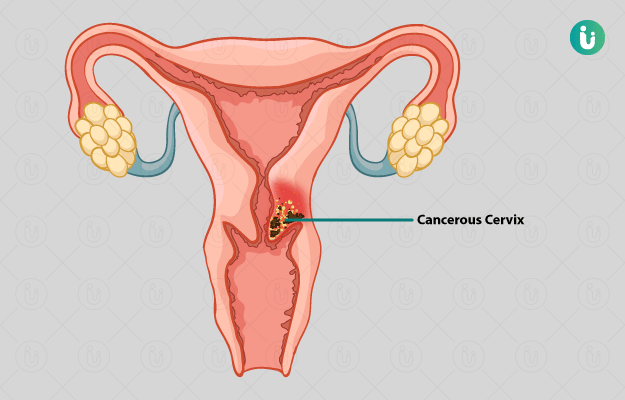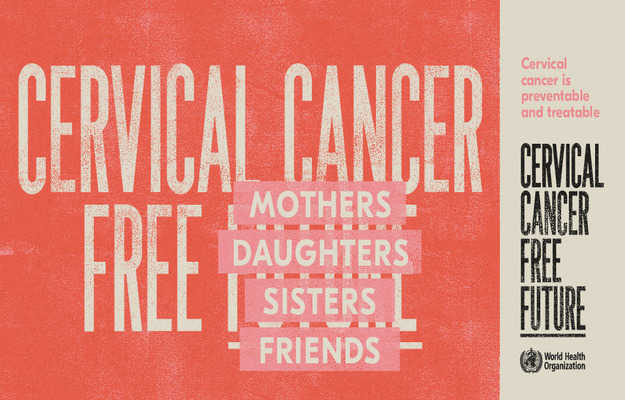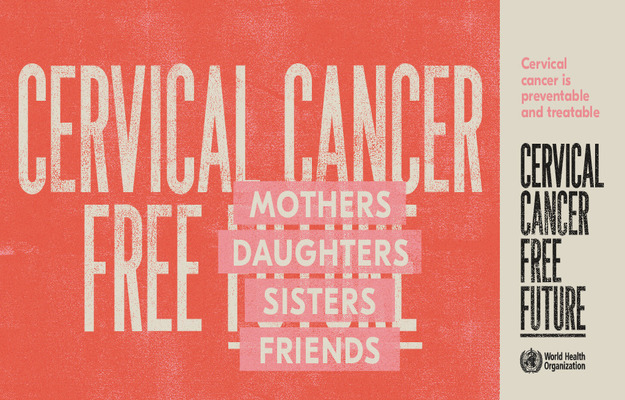What is cervical cancer?
Cervical cancer is an abnormal growth of body cells in the cervix, the lowermost part of the uterus or womb. Most cancers are of the squamous cell type, while adenocarcinoma is the next most common type. Cervical cancer is the fourth most common cancer in women globally. In India, it constitutes 6-29% of cancers occurring in females.
What are its main signs and symptoms?
One may not notice the symptoms of cervical cancer in the early stages. As cervical cancer advances, symptoms become evident. Symptoms are:
- Irregular or abnormal vaginal bleeding during periods or after sexual intercourse
- Lower back pain or leg pain
- Tiredness
- Weight loss
- Loss of appetite
- Smelly discharge or vaginal discomfort (Read more: Vaginal odour)
- Swelling in either leg
What are its main causes?
Most cases of cervical cancer are due to human papillomavirus (HPV) infection which can be passed on from one person to another via vaginal, oral or anal sex. Some other factors that increase the chances of cancer are:
- Cigarette smoking
- Reduced immunity
- Use of birth control pills for more than 5 years
- Bearing more than 3 children
How is it diagnosed and treated?
There are no early signs or symptoms; however, regular check-ups can help detect cervical cancer. Screening is advised at least once for every woman between 30 and 49 years of age. Diagnostic methods include:
- Physical examination and medical history: General history of the patient and examination.
- Pelvic examination: To examine the vagina and uterus for signs of an infection or disease.
- Pap test: Collecting cells from the cervix to detect any disease, infection or chances of cancer.
HPV test: HPV testing, microscopic examination of cells and visual inspection with acetic acid.
- Endocervical curettage: To detect signs of cancer in the endocervical canal.
- Colposcopy: To check for abnormal areas in the vagina and cervix.
- Biopsy: Cervical tissue taken to look for signs of cancer.
Treatment methods include:
Monotherapy or combination therapy of drugs may be given by the doctor depending on the severity of the cancer.
Standard therapies include:
- Surgery:
- Conisation: A conical tissue of the cervix is taken out.
- Total hysterectomy: Involves surgical removal of the entire uterus including the cervix.
- Radiation therapy: Uses high-energy rays to kill cancerous cells.
- Chemotherapy: Drugs are used to stop or kill cancer cells.
- Targeted therapy: Use of monoclonal antibodies that identify and target cancer cells.
HPV vaccination (recombinant vaccines) is recommended for girls in the age group of 9-26 years, as these vaccines are licensed, safe and effective. As the cancer takes several years to develop, it can be prevented.
Self-care tips include:
- Self-examination by use of a mirror and flashlight to observe the natural changes that take place in the cervix.
- Use of non-drug contraceptive methods like condoms to lower your risk of cervical cancer.
- Avoid sexual contact with more than one partner to prevent HPV infection.
- Maintain hygienic conditions to avoid any co-infection.
- Follow-ups should be done regularly to check the status of the disease. Follow-ups are done every 3-4 months for the initial 2 years after diagnosis.
Cervical cancers must not be considered a social stigma, and one needs to feel comfortable enough to consult with a gynaecologist for screening and early detection of cancer. With a positive approach and regular check-ups, cervical cancer can be prevented.

 Doctors for Cervical Cancer
Doctors for Cervical Cancer  OTC Medicines for Cervical Cancer
OTC Medicines for Cervical Cancer
 Cervical Cancer articles
Cervical Cancer articles News for Cervical Cancer
News for Cervical Cancer




















